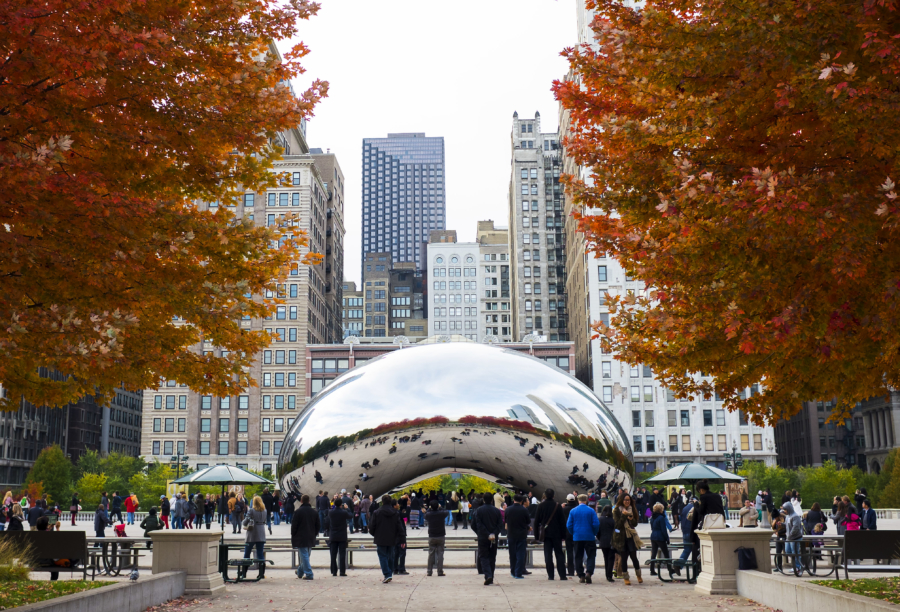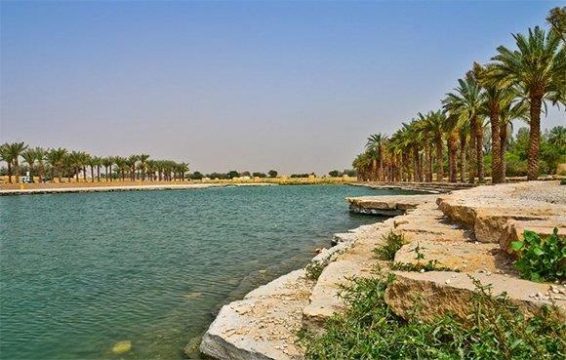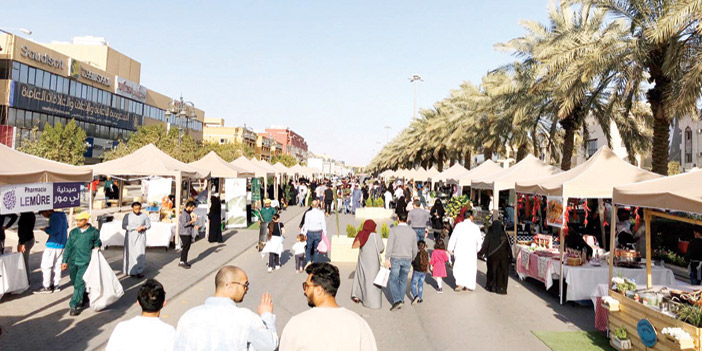Note: This was written as a draft socument. The ideas are haphazard and not properly organized.
The cities of Syria are, to put it lightly, in bad shape. Decades of neglect followed by the war and large-scale destruction have destroyed the cities. Everyone in Syria wants to rebuild, but we need to re-build it right. We should build them for humans.
But cities should be designed for humans. Humans should be able to walk the streets safely and freely. Chuldren should be able to run and play. Women with strollers and the elderlies with canes and disabled with wheelchairs should be able to get around. Our environment should pleaze our senses.
Unfortunately, modern cities are designed first and foremost for cars. Streets are made for cars, and humans walking around are merely a necessity. Car pollute our enivornment with noise and smells and eye-sores. Our children cannot walk safely on streets. All the pavements and asphalt makes it difficult to walk around with a stroller (seriously, try it one day.)
But it does not have to be this way. We can use this opportunity to build our cities and streets again to cater for living things. The idea has many names in Academia and Practice. You'll often see it called Placemaking, or Humanization, or the 15-minute City. The theory behind these concepts are entirely uncotroversial among academics and practioners, but where they stumble is often in convincing policy makers (which brings about all the brand names).
The Real Problem with Cars
Cars are often brought up as a major contributor to air pollution and global warming. And the solution, very often, is posited as enviironmentally friendly cars, or (in case of Syria) newer less polluting cars. Another usual suggested solution is to mandate carpools, or odd-even rationing or widening roads at the expense of all else.But all that is just kicking the can down the road instead of picking it up.
Cars inside cities are terrible as a concept. They are the absolute worst, least efficient way, to move people around a city (second only to a boat, perhaps.)
To illustrate the point, I invite you to watch this old car commercial. Note how empty the world looks, with all that space that is taken away by cars could be instead used for pavements and trees and shops and housing and other humans. The ad is mwant, ironically, to advertise cars; but it only shows how ridiculous they are.
The irony of this is a self reinforcing cycle. The more cars you have, the more space you need of car infrastructure, the less space there is for actual useful humans things, the further everything is, the more you need cars.
Imagine all the additional space you could have in your city if there just was not any cars?

Any Examples?
Unfortunately, policy makers are generally very resistant to city humanization policies. There are many rational (and irrational) reasons for that. People do not like change. And people love their cars. Most importantly, infrastructure is expensive, and decades of sunk costs reinforce these positions. The solutions also require maintenance and long term policy commitments.
But there are plenty of positive examples of cities that have done a lot to make their streets walkable and human friendly, with various levels of commitment. This showcases that this is not an all or nothing position, (as much as I would like it to be an "all" position,) but someting to aspire to.
Chicago, the L, and the Parks
The Chicago "L" (known as the 'L') is one of the most successful examples around the world for a "subway". It is integral to the walkability and ease of transit around the city, allowing residents to move anywhere within the city in walkable distance, aided by the system. [^suburbs]
[^suburbs:] No love for the Chicago suburbs, but that is really an all-american ailments that is not remedied at the City level but at the state or "muhafaza" level.
The L does not just connect the different sections of Chicago to each other, and to its downtown, the Loop (called so because there is Loop of L lines,) but it also connects them to the various huge parks around Chicago.

The parks themselves are an important part of what makes Chicago a livable beautiful city. [The Burnham Park] (after legendary Chicago architect Daniel Burnham1) on the lakefron is a place for residents and tourists alike. Other parks like the Millenium Park and the Jackson Park celebrate famous historical events in the city. Not unlike the Sword of Damascus, really.
Riyadh
The City of Riyadh, capital of Saudi Arabia, is as dependent on cars a city can be. It is one of the least dense cities in the world, where it is virtually impossible to exist without a car, or without paying exhoberant taxi fares. Road deadlocks are a regular fact of life.

This has been, largely, due to the historical mistake (commonly attributed to Greek urban planner Doxiadis) of expanding the city horizontally over the desert to the north instead of expanding around the various valleys and natural water sources that exist to the south. Riyadh (which is Arabic for "Gardens") is actually green. It has pelnty of natural parks, but the development on the city, and the rapid expansion (aided by cars) has led to the poor state of the city as it is today.
However, the Municipality of Riyadh has over the last decade been meaning to change that, and to remake Riyadh into a beautiful walkable cty that is fit for her name. The natural parks around the city (such as Wadi Hanifa and Wadi Namar) have been developed to become regular resident spots. The massvie Riyadh Metro development that took over the city (which was not without its pains) has finally launched last year, has done much to improve the walkability and reach of the various parts of the city and, to paraphrase one news article, "Promore walking culture amoung Saudis".
Even the desert, horizontal parts of Riyadh are being developed. The Green Riyadh is planning to plant around 7.5 million trees around mosques and schools and shopping malls. The grand avenues of the city (like Olaya and Tahlia) are frequent hanging out spots. Changes to the building code in Wadi Hanifa and north of the city are emphasisng denser development. Paid street level parking is being introduced all over to discourage car abandonment on streets.

Mind that this is not a quick and painless work. There have a lot of pains around the redevelopment (and redevelopment of redevelopment) of Riyadh that caused a lot of busienesses and areas to wither and suffer during it. The Riyadh Metro project was undertaken all at once, in the way only Saudi Arabia could, istead of stages. Similarly with the current ongoing Green Riyadh and Sports Boulevard shutting down many businesses and areas during the work. But the benefites from the already done projects and the projected benefits of the ones about to conclude are worth it. Riyadh is actually becoming quite pleasant to live in.
Issues and Challenges
These positions require a lasting policy commitment that recognizes their long term value. People respond to economic incentives, not to long term quality of life ones. If going around the city in a single occupant car is more economically viable (cheaper) than riding the metro, then people will do that. The improvement of public transport and city walkability should coincide with making cars harder and more annoying to use: restricted parking, road tolls (both of which actually help with public service maintenance) are two tools that can be used effectively to do that.
The need to start planning this is right now. Public transport and urban design take an incredibly long time to design and execute and maintain. Public and policy support should be cultivated and used to support such projects, and view public transport and proper, walkable streets as a necessity, not a luxury.
in Syria, the silver lining is that the bandaid is already ripped off: The infrastrudtcure is destroyed. There is no sunk cost any more, but we need to start planning now.
Aleppo has plenty of public parks and wide streets and beautiful features. Did you know Aleppo has a river in it that flows through the city center? Connections around the city with an elevated sytem like Chiago's would help reduce transport and petrol costs for residents. It would be easier to the Citadel from Nile Street or Hamdania without an expensive cab. Excessively wide streets (like Faisal Road, which is one-direction anyway) and and excessively narrow ones (like the roundabout around the Citadel) could beasily transformed into human-first spaces.
However, what actually prompted me to write this piece is this image of Damascus:

Imagine this beautiful grand space without cars or asphalt. How buatiful would that shot have been?
Additional Reading and Viewing
- (Arabic) Sharik Podcast: Meeting with Abdul Rahman al-Sayel: City Humanization and Sustainabolty. Al-Sayel's Twitter account is a worth a follow.
- (English) What is Placemaking, Project for Publix Spaces
- If you don't mind the vulgarity: the subreddit r/fuckcars has a nice write up with additional resouces.
